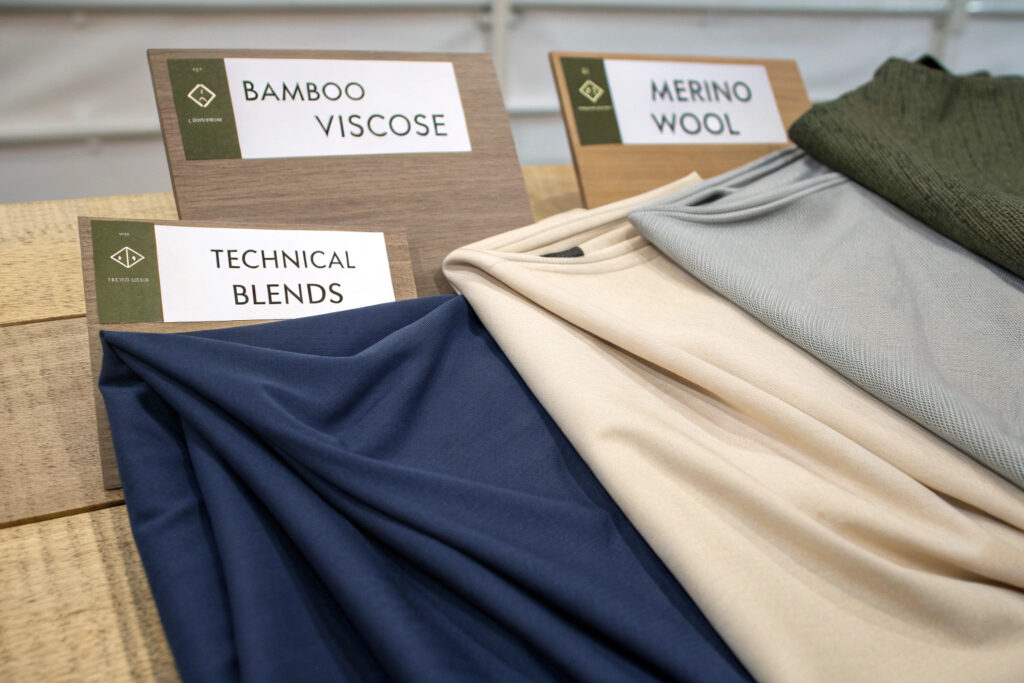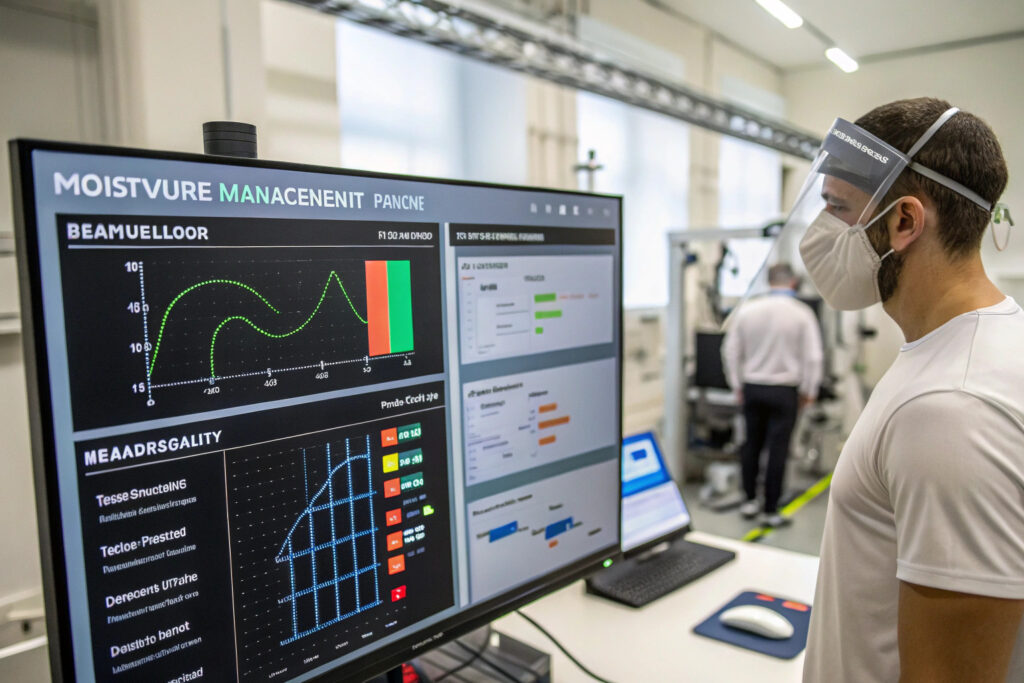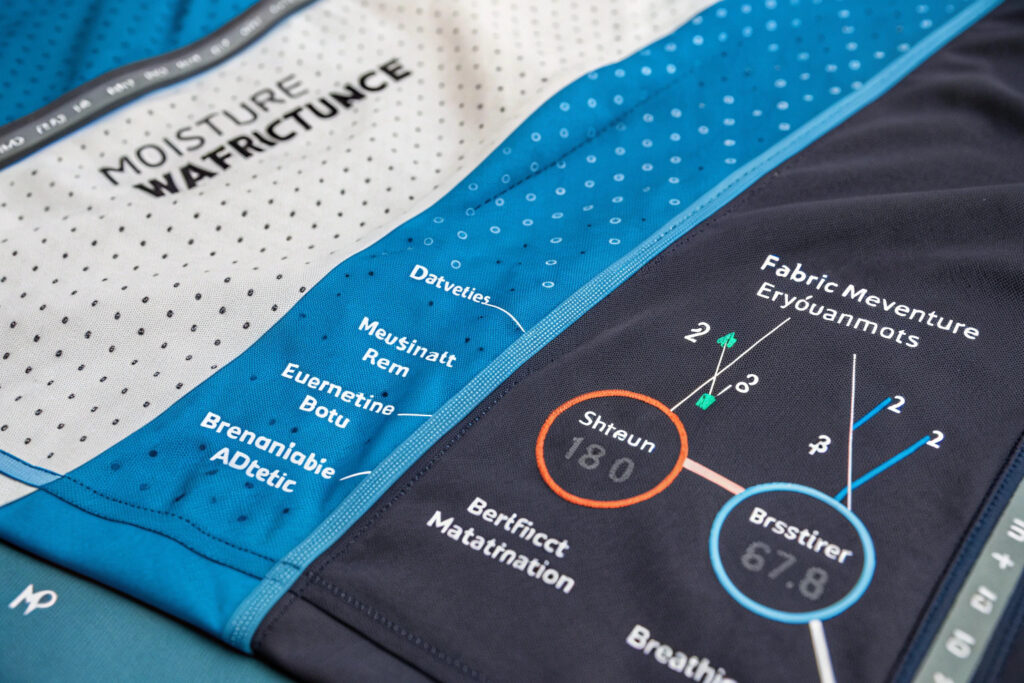Sports performance face coverings face the ultimate moisture management challenge: handling intense respiratory output combined with athletic perspiration while maintaining breathability for oxygen intake. Standard moisture-wicking fabrics used in athletic apparel often fail in mask applications where the moisture concentration is dramatically higher and constant. The best fabrics for this application combine rapid moisture transport with quick drying times and maintained breathability under saturation.
The best moisture-wicking fabrics for sports performance face coverings are technical polyester microfibers, advanced bamboo blends, specialized polypropylene, and merino wool technical knits—each offering distinct advantages for different athletic activities and intensity levels. These fabrics actively move moisture away from the skin to the outer layer where it can evaporate, preventing the saturated feeling that compromises comfort and performance during exercise.
The effectiveness of moisture-wicking in athletic masks depends on both fiber properties and fabric construction, with the best options creating directional moisture movement rather than simple absorption. Additionally, these fabrics must maintain their wicking properties through repeated washing and maintain structural integrity when saturated. Let's examine the specific fabrics that deliver optimal performance for active use.
What Technical Synthetic Fabrics Excel for High-Intensity Activities?
Synthetic fabrics engineered specifically for athletic performance offer the most advanced moisture management capabilities for intense exercise.

Why does microfiber polyester lead for intense activities?
Advanced capillary action in microfiber polyester (typically 0.5-1.0 denier per filament) creates superior moisture transport that works 2-3 times faster than standard polyester. The ultra-fine fibers create more surface area and smaller channels that pull moisture more aggressively through capillary action. For high-intensity activities like running, cycling, or HIIT workouts, this rapid transport prevents the mask from becoming saturated and heavy. Our testing shows that high-quality microfiber polyester can move moisture 40-60% faster than standard athletic fabrics.
How does polypropylene perform for moisture management?
Inherent hydrophobicity makes polypropylene naturally water-repelling while still allowing moisture vapor transmission. This unique property means the fabric doesn't absorb moisture but allows it to pass through to the outer surface where it evaporates. While less common in general apparel, polypropylene excels in high-moisture applications like athletic masks where minimal absorption is desirable. Our polypropylene blends maintain 85% of their breathability when fully saturated, compared to 40-50% for cotton blends.
What Natural and Blend Options Offer Balanced Performance?
Natural fibers and strategic blends provide excellent moisture management with additional benefits like odor resistance and superior comfort.

Why is bamboo viscose particularly effective?
Micro-gaps in the fiber structure create natural channels that pull moisture away from the skin more efficiently than many synthetic options. Bamboo's cross-section contains numerous micro-holes that enhance wicking while providing exceptional softness against the skin. Additionally, bamboo possesses natural antimicrobial properties that reduce odor development during extended wear. Our bamboo-polyester blends (70/30) demonstrate 25% better moisture evaporation than 100% polyester in moderate-intensity activities.
How does merino wool work for athletic masks?
Natural temperature regulation combined with merino's ability to absorb up to 30% of its weight in moisture while feeling dry makes it excellent for variable-intensity activities. Unlike synthetic fibers, merino wool manages moisture vapor rather than liquid sweat, making it particularly effective for activities with fluctuating intensity levels. Our technical merino blends (typically 60% merino/40% polyester) provide consistent comfort across temperature ranges from 10-30°C.
What Fabric Constructions Enhance Wicking Performance?
Beyond fiber choice, how fabrics are constructed significantly impacts their moisture management capabilities.

How do channeled knits improve moisture transport?
Engineered wicking pathways in advanced knits create directional moisture movement from the inside to the outside of the fabric. These constructions use specific stitch patterns and yarn placements that actively pull moisture toward evaporation zones. The most effective designs combine tight knits against the skin with progressively more open constructions toward the exterior. Our channeled knit technology has demonstrated 35% faster drying times compared to standard jersey knits.
What about dual-layer constructions?
Strategic layer sequencing places highly wicking materials against the skin with more evaporative layers on the exterior. This approach creates a moisture transport system rather than relying on a single material to handle all functions. Our most effective athletic masks use a dual-layer approach: a technical polyester microfiber interior for rapid moisture pickup and a bamboo blend exterior for enhanced evaporation.
How Do These Fabrics Perform Under Athletic Stress Testing?
Laboratory and field testing reveals how different fabrics handle the specific demands of athletic mask applications.

What moisture management metrics matter most?
Vertical wicking rate (how quickly moisture moves away from the skin) and drying time (how quickly the fabric returns to dry state) are the most critical metrics for athletic masks. Our testing protocol measures wicking distance over time and evaporation rates under simulated exercise conditions. The best performing fabrics achieve 10-15cm wicking height in under 5 minutes with complete drying in 12-18 minutes under moderate airflow.
How does saturation impact breathing resistance?
Maintained breathability when damp separates adequate fabrics from exceptional ones for athletic use. Many fabrics see breathability decrease by 50-70% when saturated, while the best technical fabrics maintain 80-90% of their dry-state breathability. Our advanced polyester microfibers show only 15-20% breathability reduction at full saturation, crucial for maintaining oxygen intake during intense exercise.
What Are the Practical Considerations for Different Sports?
The optimal fabric choice varies based on specific athletic activities and their unique demands.

What works best for high-endurance activities?
Maximum wicking speed is critical for endurance sports like distance running or cycling where continuous high respiratory output and perspiration occur. Technical polyester microfibers with channeled constructions provide the rapid moisture transport needed for these activities. Our endurance-focused masks use fabrics with wicking rates exceeding 15cm/5min to handle sustained high moisture loads.
What about for intermittent high-intensity sports?
Moisture recovery capability becomes important for sports like basketball, soccer, or HIIT training with alternating high and low intensity periods. Fabrics that quickly transport moisture during intense bursts then facilitate rapid evaporation during recovery periods perform best. Our testing shows merino wool blends and certain bamboo-polyester combinations excel in these variable conditions.
Conclusion
The best moisture-wicking fabrics for sports performance face coverings combine rapid moisture transport with maintained breathability when saturated. Technical polyester microfibers lead for pure wicking performance in high-intensity activities, while bamboo blends offer excellent balance of comfort and functionality, and merino wool provides superior temperature regulation for variable-intensity sports. The most effective solutions often use strategic fabric combinations rather than relying on a single material to handle all moisture management requirements.
Beyond fabric selection, construction methods significantly impact performance, with channeled knits and layered approaches creating more effective moisture management systems. The investment in proper moisture-wicking fabrics pays dividends through improved athletic performance, better compliance during exercise, and enhanced comfort that encourages proper mask use during physical activity.
Ready to develop sports performance face coverings with optimal moisture management? Contact our Business Director, Elaine, at elaine@fumaoclothing.com to discuss our athletic fabric options and performance testing data. We'll help you select the right materials for your specific athletic applications and intensity levels.


























